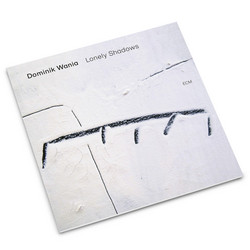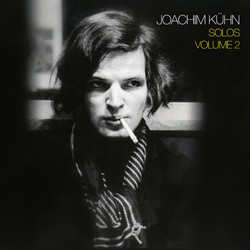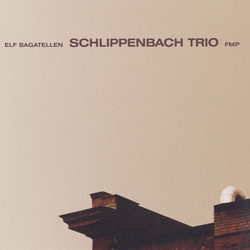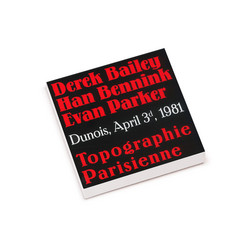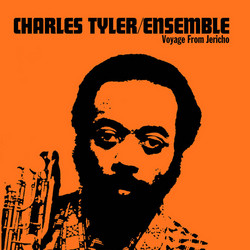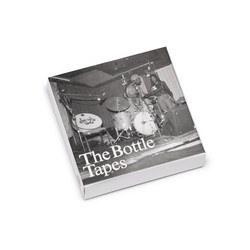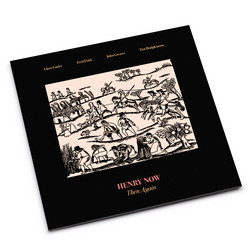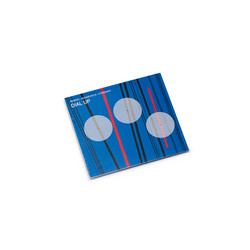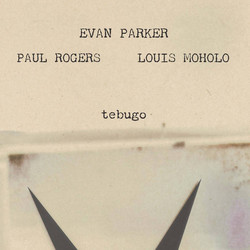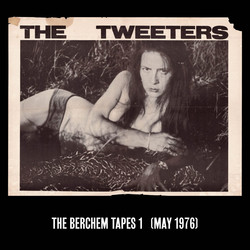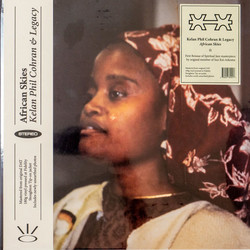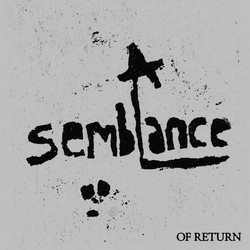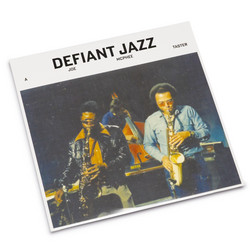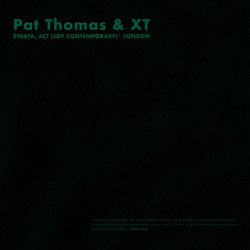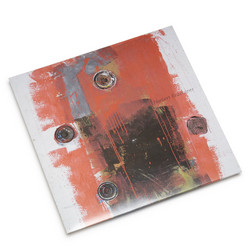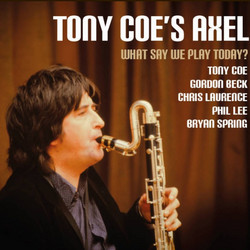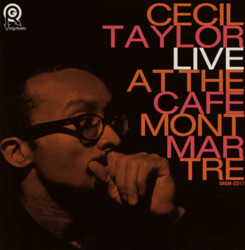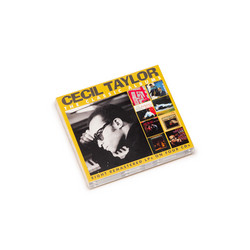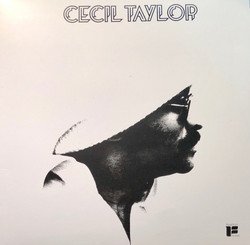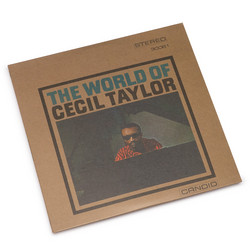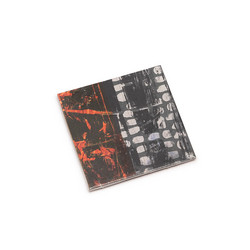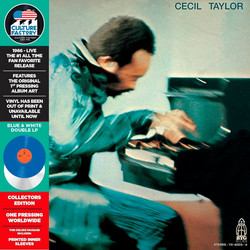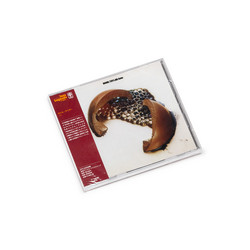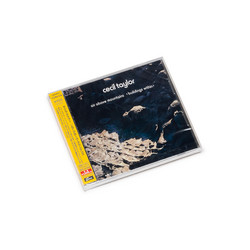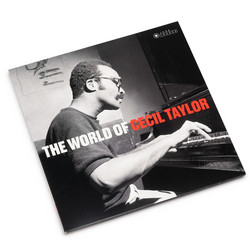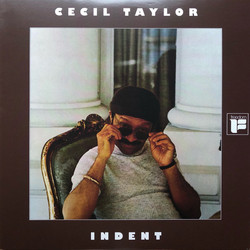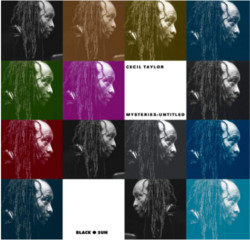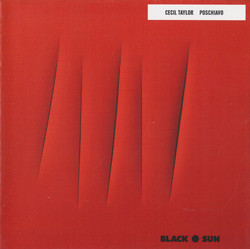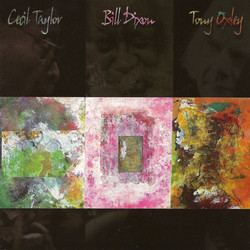*2023 stock* In 1973, Indent marked a new direction for one of the founders and masters of what was to be called »free jazz«; yet it turned out to have defined styles and highly sophisticated rules of its own. It was radically new and initially difficult to tune into for some. Cecil Taylor was composing in fractions of seconds. He was free to decide what to compose but in the end intelligent structures can be perceived with a multitude of »cells« being introduced, developed and layered one upon another, ending in hour-long marathons of pianism. There are parallels in contemporary American music. Terry Riley's In C, to name just one, existed on a somewhat similar basis. Short motives or cells were played consecutively (but not developed in real time, just being repeated). It was still written music, giving the musicians some leeway but nevertheless being controlled by the composer and by a written score.
Since the beginning of Taylor's recording career in the 1950s, when Taylor still played »tunes« in a group setting, his music had - over time - evolved into a totally new and highly complex ensemble style, introduced on the album Unit Structures which nevertheless reflected music Taylor had already been developing for quite some time before its recording. Indent marks a major departure from the collaborative group style to a previously unheard-of intensity of solo expression. It was initially released on Taylor's own label Unit Core, together with Spring of Two Blue-J's, an ensemble album which was recorded six months after Indent. Indent came to life during the semester Taylor taught at Antioch college in Ohio.
Like most of Taylor's solo records, it was recorded in concert. There was little risk in recording Taylor live; he always played well. It was that simple. And to the listeners it became as time passes at least less inaccessible although still demanding. Indent, part of a major attempt to create a body of contemporary studies called Mysteries, had three movements or »layers«. The middle movement had to be separated into two parts to fit the playing time of the then vinyl LP. These two parts have now been - for the first time since the original performance in 1973 - re-united into a complete middle movement which does not interrupt the dynamic flow of the music as Taylor had played it that night.



